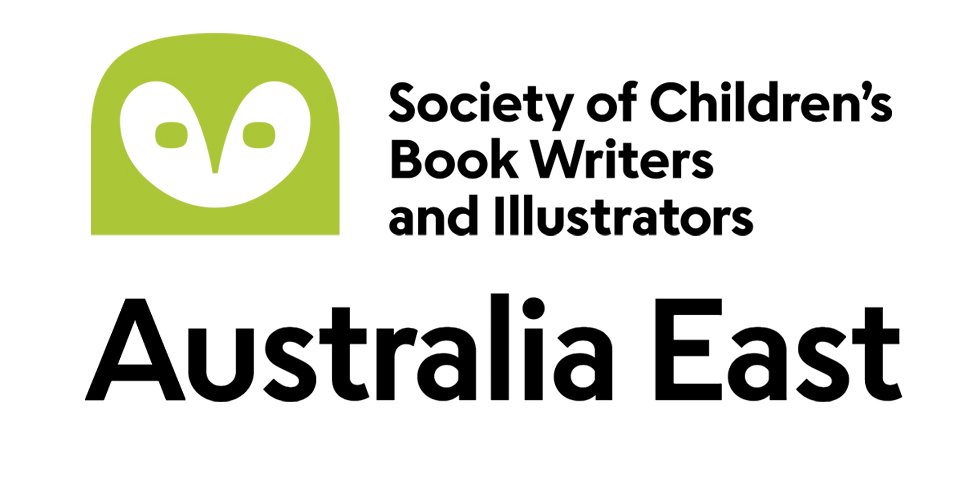Mallory Kass—Commissioning Editor, Scholastic Press USA
Mallory edits middle grade and young adult fiction with a focus on magical realism, fantasy, and contemporary with a twist. Her titles include the New York Times bestseller A Snicker of Magic by Natalie Lloyd, Horses of the Dawn by bestselling author Kathryn Lasky, Fortune Falls by Jenny Goebel (Indie Next Pick), Rootless by Chris Howard (PW Flying Start), and The Sin Eater’s Daughter by Melinda Salisbury (Edgar Award Nominee). She loves rich world-building, magic in unexpected places, Gothic touches, and heart-expanding emotion.
Mallory Kass, Commissioning editor for Scholastic USA
What sort of opening pages 'grab' you?
I believe that the first few pages should showcase what’s special about the manuscript. So, if your book is special because it’s funny, then ideally, the opening will make me laugh. If your book is scary, then something in the first few pages should send shivers down my spine. If your book is poignant, then there should be an observation or description that plucks at my heartstrings.
I’m also looking for characters I want to spend time with. If I acquire a manuscript, I’m going to read it about 10 times before it’s published, so it’s important for me to feel a deep connection with the protagonist, for their voice to grab me. I tend to fall hard for characters who see the world a little differently than I do—who see beauty, irony, ugliness, or power in places I’d never think to look.
I also think it’s important for the opening to reveal:
A) The main character’s central emotional conflict: what he or she wants (to make a friend, to fit in, to stand out, to build a better life for their family etc.)
B) What’s going to happen if they don’t get it (the school year will be terrible, someone will suffer etc.)
When you receive a manuscript, how long will you read on before you put it aside?
I always read at least fifty pages.
If a manuscript is not ready yet, but you love the voice, would you return it? Make suggestions? Re-look at it? What time frame?
If the voice is stellar, but the plot needs work, I might ask for a non-contractual revision so that the author has the chance to get the manuscript to a place where I can share it with my acquisitions committee.
How important is the agent's pitch? Can they re-pitch it?
The agent’s pitch can get me excited to read a manuscript quickly, and make me move it to the top of my increasingly large pile. However, I read submissions on my kindle and generally don’t forward the pitch along with the manuscript, so by the time I start reading, I’ve generally forgotten the pitch and am reading blind, which I like as it keeps me unbiased.
Fantasy is a successful genre, but the challenge is how to make it different to the plethora of fantasy books on the market. What do you look for?
Great question! I’m looking for rich world-building, especially settings beyond the western European/medieval norms. I’m also looking for characters with compelling voices, strong emotional drives, and unique ways of looking at the world. Basically, if your character is someone I want to spend time with, then it doesn’t really matter whether their quest feels a little familiar. However, I am getting a little tired of manuscripts that open with a girl navigating a busy marketplace. I know it’s a great way to showcase the politics, geography, and culture of your fictional world, but I’m ready for a different kind of introduction!
YA fiction ranges from 12 to 18 year old readers (and older). What do you want in the 12-14 year age group? What do you want in the 15 plus age group?
I want writers to tell the most honest, authentic version of their story possible. Nothing is off limits as long the issues feel pertinent to the characters, and they’re able to engage with those questions sincerely.
Is the market more interested in stand-alone books, or series? Is it different in middle grade and YA markets?
This varies a lot by publisher and editor, but I love to see standalone books with series potential, especially for YA and older middle grade.
What do you expect authors and illustrators to do to promote their books?
Keep writing! The most important thing you can do to support your first book is to write your second book. With the frenzy of activity happening on social media, it’s easy to start fixating on twitter or instagram followers, but none of that is nearly as important as producing a fantastic follow-up.
That said, there are certainly useful things you can do. If you write books for younger children (i.e. middle grade or younger), it’s great to have an engaging presentation ready for school visits. Slideshows, demonstrations, and writing/drawing activities can be great for getting kids excited about your work and your characters. If you write YA and feel at ease on social media, twitter and instagram can be a rewarding way to connect with readers and with fellow authors. However, this only works if you feel comfortable talking about things unrelated to your books, as no one wants to follow someone who only tweets about their writing.
Any comments you believe will be helpful to authors.
My colleague, Cheryl Klein, just published a phenomenal book on writing for children called THE MAGIC WORDS. It’s the most valuable resourced I can think of for someone who’s serious about taking their writing to the next level.



